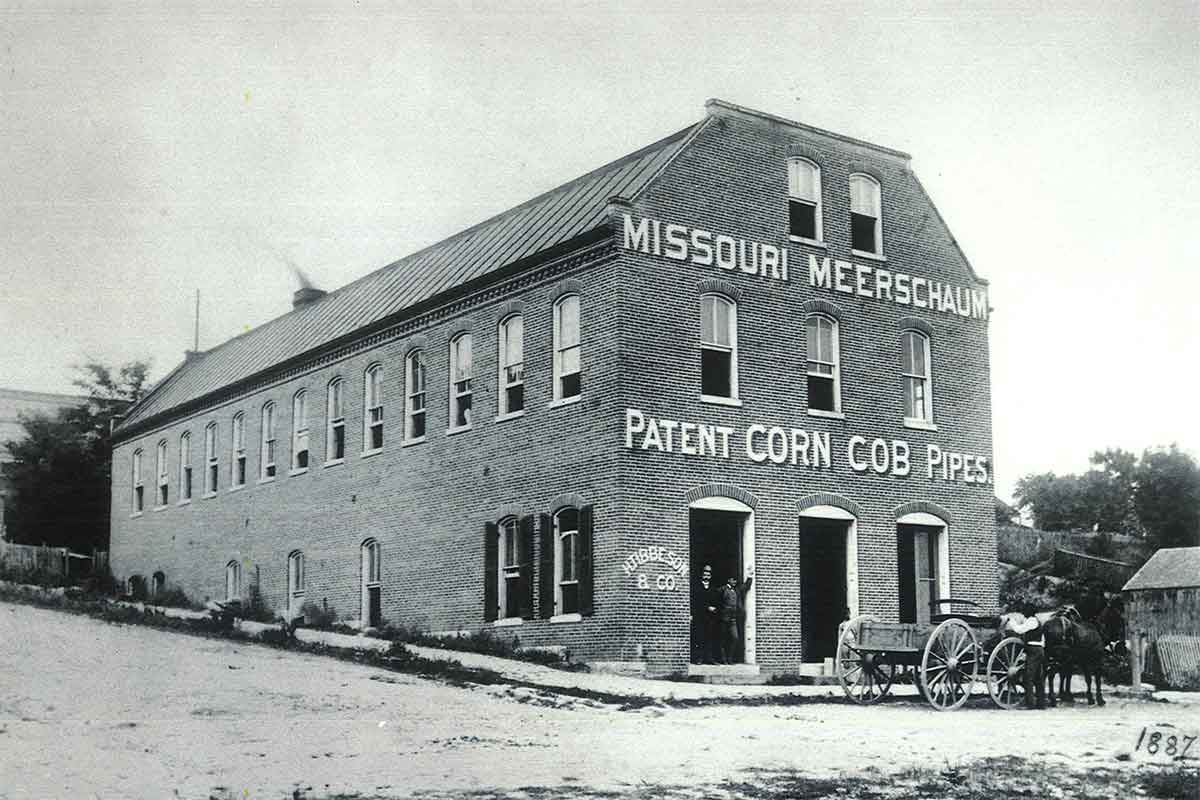When everyone else is shuttered in their homes, clutching warm cups of hot chocolate and listening to the winter wind howl against their windows, Charolette Scott is going to work. A maintenance crew leader for Missouri Department of Transportation’s Springfield Maintenance, Charolette’s out in her truck during blizzards and freezing rain; she’s putting down salt and sand and keeping the roads passable when many of us couldn’t imagine being behind the wheel. We talked with Charolette about the specifics of her job, whether she’s nervous during winter storms, and what advice she’d give drivers when the roads are slick.
What is your job like?
It’s cold! [laughs] If you’re pushing snow, if they say there’s a storm coming, you have to have everything ready. It doesn’t matter if it’s raining, snowing, or whatever. You have to get your trucks ready to push snow. You have to put your plows on and your sanders [mechanism on the truck that puts sand down] on. There’s a day shift and a night shift, and we load them and unload them. It’s a little bit of everything.
Do you work on the day shift or the night shift?
We rotate. We do thirty days of days and thirty days of nights.
What’s something people would be surprised to learn about your job?
I think they would be shocked to be out on the road with everybody, because we drive really slow. I do I-44 and stuff, and I don’t think people realize how slick it is sometimes, until they’re gone.
Do you get nervous when you head out onto the icy or snowy roads?
Yes ma’am.
What is it like being out there when you’re pushing snow? What types of things are you doing or are you looking for?
Well, you have to really watch the road. You’ve got just a little bit of time before the road turns to ice. I really like watching semis and cars go by me, because if they’re throwing water to you, you know that means it’s not frozen yet. We watch the back of our mirrors, and when you see ice forming on your mirrors and your lights, you know it’s time to get busy.
Is the procedure any different if it’s a snowstorm versus an ice storm?
Yeah. Snow, you can go out and treat ahead of the storm. When you pre-treat, it gets underneath it before it gets packed in. When it keeps raining and icing, it washes it off the roads. Especially on the flyovers [overpasses], because they’re elevated, you have to really pay attention.
Have you had any memorable experiences you’d like to talk about? Have you had any close calls?
Oh, yeah. I can remember when 744 froze over and the railroad bridge froze over, and we were all trying to get there, but we couldn’t get there. Everybody was passing each other on the shoulders, and you had four or five people across trying to get down through there. It was definitely memorable.
What advice do you have for drivers who have to travel on icy or snowy roads?
Just give us room to work on them, and slow down. If everybody would keep a little more distance and take their foot off the gas pedal—and don’t slam on your brakes, at all! Always wear your seatbelt, too. Keep your seatbelt on.
Photos // Charolette Scott
Related Posts
Breaking Down Missouri Meerschaum Pipes
Whether you’re just learning about pipes or you’re looking for a Christmas gift, Missouri Meerschaum has a lot to offer.
July 29, 1904
The International Association of Ice Cream Makers credit Syrian immigrant, Ernest Hamwi, with using his wafer-like pastries to hold a scoop of ice cream on this day. Thus, the ice cream cone was born at World's Fair in St. Louis. He called it a World's Fair Cornucopia.
13 Cool Stops For Ice Cream
Our guide to cool techniques, innovative flavors, choice custards, nectareous nostalgia, scholarly scoops, global goodies, and spirited sweets.



